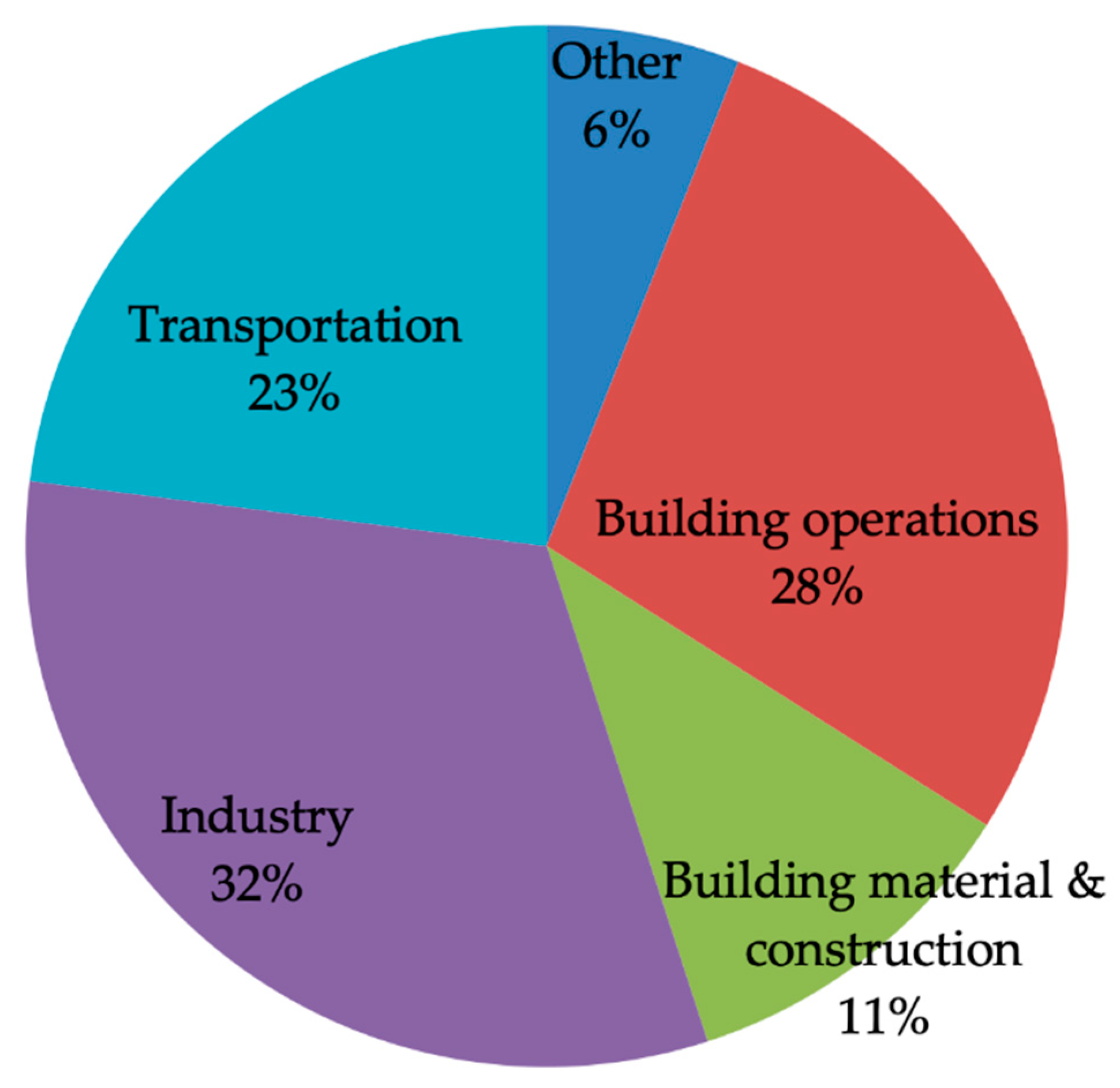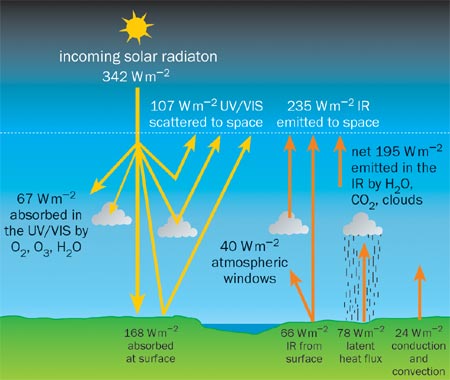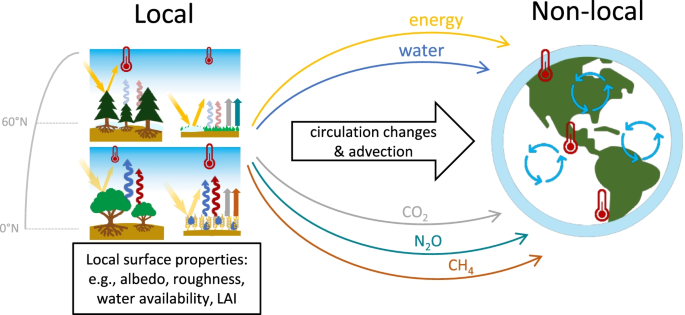Climate change is one of the most pressing challenges of our time, and carbon dioxide (CO2) emissions play a central role in driving this global crisis. Understanding the sources of CO2 emissions and finding ways to reduce them is crucial for mitigating the impacts of climate change. In this blog post, we will delve into the causes of CO2 emissions and explore various strategies for reducing them.
Sources of Carbon Dioxide (CO2) Emissions
Energy Production: The burning of fossil fuels, such as coal, oil, and natural gas, for electricity and heat production is a major source of CO2 emissions. Power plants and industrial facilities are significant contributors to these emissions.
Transportation: The transportation sector is another major source of CO2 emissions, primarily due to the combustion of gasoline and diesel fuels in cars, trucks, airplanes, and ships. As urbanization continues to grow, emissions from this sector are on the rise.
Deforestation: When trees are cut down or burned, the carbon stored in them is released into the atmosphere as CO2. Deforestation for agriculture, urban development, and logging contributes to a significant portion of global CO2 emissions.
Industrial Processes: Certain industrial activities release CO2 as a byproduct. These include chemical manufacturing, cement production, and the use of non-renewable energy sources in various industrial processes.
Agriculture: Agriculture is responsible for both direct and indirect CO2 emissions. Direct emissions occur from the use of fossil fuels in farming machinery and transportation, while indirect emissions result from changes in land use and methane emissions from livestock.
Waste Management: Landfills and waste incineration produce CO2 and methane emissions. Proper waste management practices can help reduce these emissions.
Residential and Commercial Buildings: The energy used for heating, cooling, lighting, and appliances in homes and commercial buildings accounts for a significant share of CO2 emissions. Energy-efficient buildings and appliances can help reduce these emissions.
Reduction Strategies for Carbon Dioxide (CO2) Emissions
Now that we have identified the primary sources of CO2 emissions, let’s explore some effective strategies for reducing them:
- Transition to Renewable Energy Sources
One of the most effective ways to reduce CO2 emissions from energy production is to shift from fossil fuels to renewable energy sources. Solar, wind, hydroelectric, and geothermal power generate electricity without emitting CO2. Governments and businesses can invest in renewable energy infrastructure to accelerate this transition. - Improve Energy Efficiency
Reducing energy waste through improved efficiency is a key strategy for lowering CO2 emissions. This can be achieved through energy-efficient appliances, better insulation, and smart building design. Individuals and businesses can also adopt energy-saving practices to reduce their carbon footprint. - Promote Sustainable Transportation
The transportation sector can reduce CO2 emissions by transitioning to electric vehicles (EVs), improving fuel efficiency, and investing in public transportation. Encouraging cycling and walking as alternative modes of transportation can further reduce emissions and improve air quality in urban areas. - Reforestation and Forest Conservation
Protecting existing forests and implementing reforestation initiatives can help capture and store carbon dioxide. Trees act as carbon sinks, absorbing CO2 from the atmosphere. Supporting sustainable forestry practices and combating deforestation are vital steps in mitigating CO2 emissions. - Sustainable Agriculture
Agriculture can reduce CO2 emissions by adopting sustainable practices such as no-till farming, crop rotation, and organic farming methods. Additionally, methane emissions from livestock can be reduced through improved animal husbandry practices and methane capture technologies. - Waste Reduction and Recycling
Reducing waste generation and promoting recycling and composting can help lower emissions from landfills and waste incineration. Encouraging the use of recycled materials in product manufacturing also reduces the carbon footprint. - Carbon Pricing and Policy
Governments can implement carbon pricing mechanisms, such as carbon taxes or cap-and-trade programs, to incentivize businesses and individuals to reduce their CO2 emissions. Strong environmental policies and regulations can play a crucial role in driving emission reductions. - Public Awareness and Education
Raising awareness about the importance of reducing CO2 emissions and educating the public about sustainable practices is essential. When individuals and communities understand the impacts of their choices, they are more likely to take action to reduce their carbon footprint.
Conclusion
Carbon dioxide emissions are a significant driver of climate change, and addressing this issue requires concerted efforts at the individual, community, corporate, and governmental levels. By understanding the sources of CO2 emissions and implementing effective reduction strategies, we can make progress in mitigating the impacts of climate change and protecting our planet for future generations. It’s time for all of us to take action and be part of the solution to reduce CO2 emissions and combat climate change.





